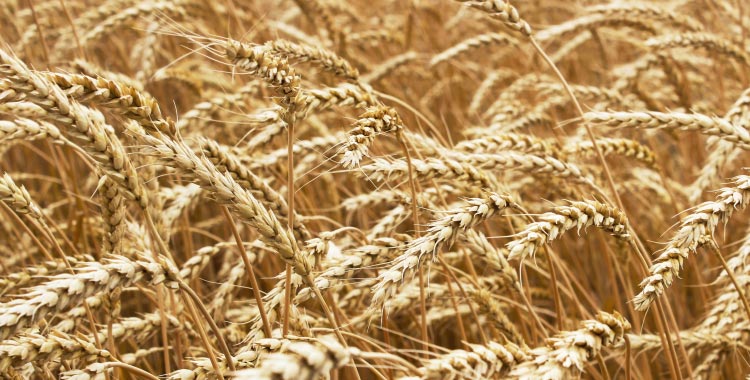Our vision is to support our partners to respond to the challenges ahead like population growth, environmental change, food security and safety across the agri-food sector. Through world class innovation and original thinking in science we are constantly challenging if there is a better way to do things.

The European Commission has created a network of National Reference Laboratories (NRLs) co-ordinated by the European Union Reference Laboratories (EU-RLs) and Fera is the appointed NRL for the UK in the pesticide analysis area. This network of laboratories is responsible for supporting EU-wide standards for routine and reliable testing methods in the areas of food and animal feed analysis. Being an instrumental part of this network, our lead scientists are continually applying their extensive knowledge to alternative analysis approaches to the more traditional ones.
For instance, Dr Adams and his team have looked into using ion exchange chromatography with tandem mass spectrometry (IC-MS/MS) as an alternative to traditional LC-MS/MS (liquid-chromatography, tandem mass spectrometry) of polar pesticides and other contaminants in food. The main aim of the project was to improve laboratory efficiency in this type of analysis whilst maintaining the quality of the data generated.

There is an ever-increasing demand for the detection and quantification of pesticides when it comes to food safety. However, the determination of several polar pesticides is extremely challenging due to their low mass, amphoteric character and often poor response on older models of mass spectrometers .For this reason, single residue methods are often used to analyse these compounds. However, the application of single residue methods requires considerable laboratory resources relative to the number of compounds analysed; hence these compounds are not often targeted on a regular basis, as the cost can sometimes be prohibitive. Consequently, there is a clear need for simple and fast analytical methods that are capable of analysing polar pesticides using a single extraction and detection approach and that are capable of detecting Maximum Residue Level (MRL) violations with confidence.
The Quick Polar Pesticides (QuPPe) method, set out by the EURL-SRM (European Union Reference Laboratory- Single Residue Methods), utilises a quick generic extraction method followed by several different LC-MS/MS methods. However, after encountering difficulties obtaining the necessary retention time stability and acceptable peak shape with liquid chromatography, Dr Adams’ team looked to apply a different method that would be able to better deal with the problematic compounds. The alternative chosen was IC-MS/MS and is a technique that is well-established at Fera, having been introduced over 9 years ago.
Dr Adams explained that a key feature of the new method was the ability to perform multi residue analysis, whilst retaining selectivity. As a result, they were able to simultaneously analysis for 13* polar pesticides and contaminants in cereal and grapes.Infant food proved more challenging with only 3 polar pesticides and contaminants (glyphosate, chlorate and perchlorate) detectable at the MRL. Dr Adams believes that this is the direction polar pesticide analysis is moving, due to the substantial time and cost savings. All our identification and method validation criteria complies with the SANTE/11945/2015 Guidance document on analytical quality control and method validation procedues for pesticides residues analysis in food and feed.
Want to know more?
* glyphosate (including metabolites AMPA and N-acetyl-AMPA), glufosinate (including metabolites 3-MPPA and N-acetyl-glufosinate), , perchlorate, chlorate, clorpyralid, ethephon, fosetyl aluminium (including metabolite phosphonic acid), and cyanuric acid.Included within this new multi residue approach is glyphosate, which is the world’s most widely used herbicide, by volume. It is used extensively in agriculture and is also found in garden products in many countries and has become more popular with the increasing market share of crops that are genetically engineered to be tolerant to the herbicide. The European Commission has decided to propose extending approval for glyphosate by 10 years after the European Chemical Agency (ECHA) said in a study in March 2017 that it should not be classified as a substance causing cancer. The vote by EU Member States is not anticipated to take place until October 2017 at the earliest.







